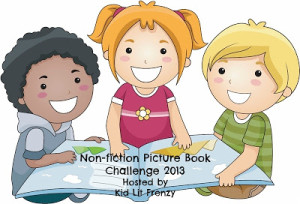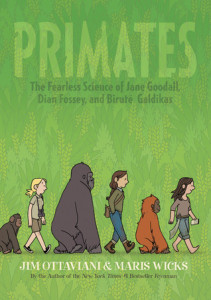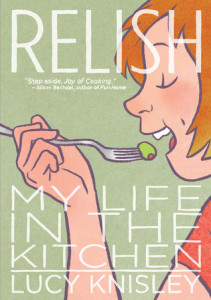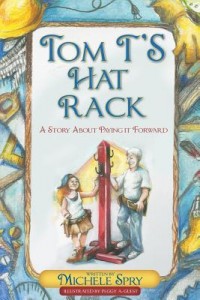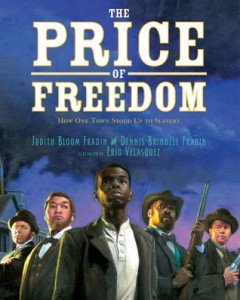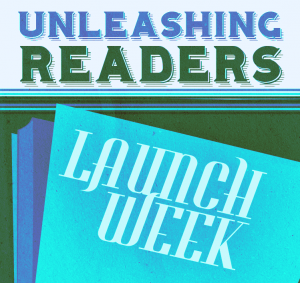
Yesterday we introduced you to the different categories that we will label our reviews and today we wanted to share with you our favorites for each category.

Read Aloud
This would be a great choice to read aloud to all students in the class. We often suggest this category when the book has strong, widespread appeal to many types of students.
Kellee
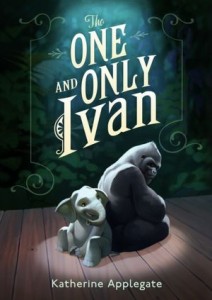
This one was a hard choice as I have 5 different favorite read alouds, but after thinking about it, I decided that I’d share The One and Only Ivan by Katherine Applegate- it is written for all ages, it has nice short sections which are great for breaking up read alouds, there are plenty of parts to lend to discussions, beautiful illustrations, and all types of students enjoy the story.
Ricki
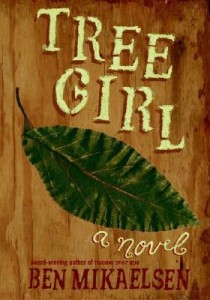
Based on a true story, Tree Girl by Ben Mikaelsen, depicts the experiences of a young girl who learns to survive during the genocide of 1980s war-torn Guatemala. Students will not only connect with the powerful themes of this novel, but they will see Mikaelsen’s juxtaposition of a beautiful country with the savage massacres that occurred during this time period. Readers can’t help but peer through the trees to get a glimpse into a world that is, likely, very different from their own. I love reading this aloud to my class, seniors who were identified by the school community as low-level readers.
There are so many opportunities for connections with past and current acts of genocide. The chapters are short, and the book doesn’t take too long to read aloud. By the end of the unit, many had declared it the “best book they have ever read.”
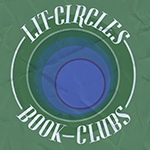
Lit Circles/Book Clubs
This text would work very well for discussion within small groups. We often suggest this category when the book offers great points of discussion, but it might not appeal to every student in the class.
Kellee
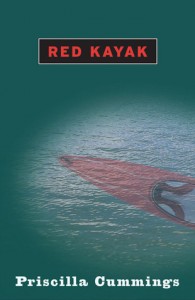
One of my favorite books for literature circles is Red Kayak by Priscilla Cummings. This book is not my favorite book that I have as a choice for lit circles; however, seeing students interact with it made me appreciate it so much. Every group of students who has ever read it fought over it, made amazing predictions, were blown away by the ending, and the group became easily the most active group in the classroom.
Ricki
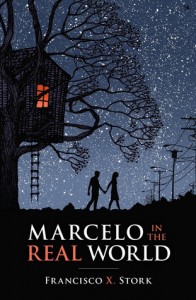
My students read Marcelo in the Real World by Francisco X. Stork in literature circles, and they absolutely adore the Marcelo and Jasmine. I like using this book in literature circles because it is one of my favorite young adult books because of its beautiful language, complex themes, and strong characterization. While I think everyone should read this book, I have found that only a portion of my students are interested in it after my book talks. Therefore, I use it as a literature circle text instead of as a whole-class read. I would be remiss not to include this stunning book in my classroom, and I find it works extremely well in literature circles because it offers much discussion for students.
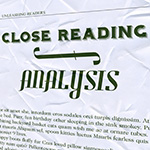
Close Reading/Analysis
There are many passages within the book that would be great for close analysis. We often suggest this category when a book has complex passages or great sections to teach literary elements to students.
Kellee
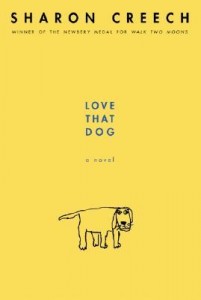
My favorite text for analysis is Love that Dog by Sharon Creech. It is amazing because it cannot only be used to teach literary elements, but also poetic elements. It is a great introduction to poetry and is a wonderful read in general. Although I don’t do so much of a close reading of this text, we do go back and reread, compare Jack’s poetry to the originals, and discuss, discuss, discuss. A wonderful read!
Ricki
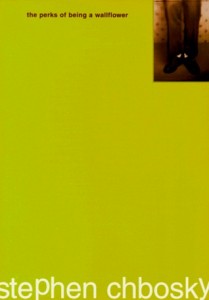
This was a very difficult category for me to select one text. Each year, I photocopy one-two pages from dozens of texts. In the end, I selected Stephen Chbosky’s The Perks of Being a Wallflower because it has so many amazing, quotable sections that make for fantastic discussions. First, we analyze the language to determine why Chbosky selected specific words and organized sentences the way he did. Then, I have students select from a variety of quotes to analyze Charlie’s psyche. Additionally, many of the journal entries in this book make for fantastic journal responses from students.

Classroom Library
This would be a great addition to your classroom library. Often, these books fit well with a specific type of student, but we definitely think it is worth purchasing for your classroom.
Kellee
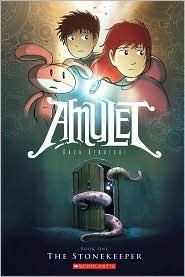
Man! It is so hard to pick what book I want to recommend for this one. So many books are important for the classroom library and it really depends on your class. For my class, the most important books for the classroom library are graphic novels. Since I teach struggling readers, many of them have had poor experiences with reading and need a friendly yet well-written book to help them become more acquainted with reading. Graphic novels are just the books to do this! Although there are many different amazing graphic novels to choose from, Amulet by Kazu Kibuishi is usually the graphic novel that draws students in first and holds them.
Ricki
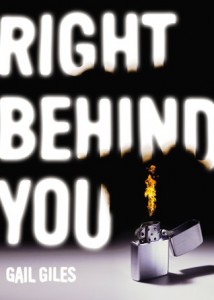
I was tempted to add three books to this section, but I worried that Kellee would get mad at me for cheating. In the end, I decided to go with a book that has been a tried and true favorite amongst my students: Right Behind You by Gail Giles. I only have to read the two sentences, and students are lining up to sign out this book. I have had over forty students sign out one of my copies (and I have five copies). “On the afternoon of his seventh birthday, I set Bobby Clark on fire. I was nine. It was all about a Bobby’s birthday present. A baseball glove. But of course, that’s not what it was really all about.” Students love to analyze Kip’s psyche, and this text offers much discussion amongst students–often heated. The second they finish it, they want someone else to read it so they can share their opinions.
Favorite Book!
Kellee
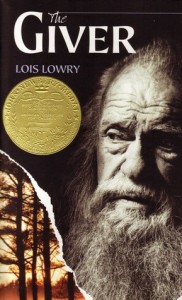
My favorite book has been the same since 1993 and I cannot see it changing any time soon. When I read The Giver by Lois Lowry at age 11, my life changed. This book made me realize just how lucky we all are in our situation. Jonas was only 1 year older than me and had never seen color, never read a book, didn’t know what art was, and was about to find out what his job was going to be for the rest of his life. The whole idea behind the book mortified me. Then as I grew up, I reread it as a teenager and still loved it for the same reasons. Then when I went to college and began studying to be a teacher, I began to appreciate it even more and in a different way. I think it is such an important book and I love it so much!
Ricki
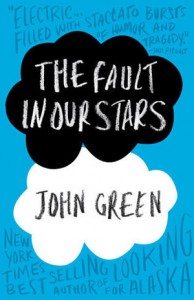
My favorite classic novel is To Kill a Mockingbird by Harper Lee because it is such an incredible book to teach. If I had to pick a favorite young adult book (which is much trickier than picking a favorite classic), it would be The Fault in our Stars by John Green. I love it because it can be used for so many purposes–as a read-aloud, a close reading, a literature circle text, etc. Additionally, I love how I can hand it to any student and be fairly certain they will love it as much as I do.
Check back tomorrow to find out the favorites from some of our favorite blogs and tweeps!
 and
and
